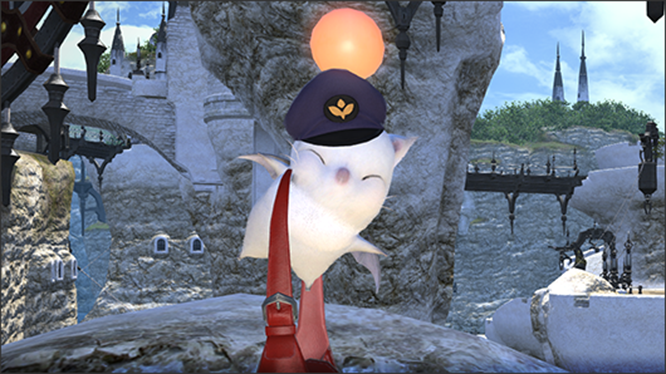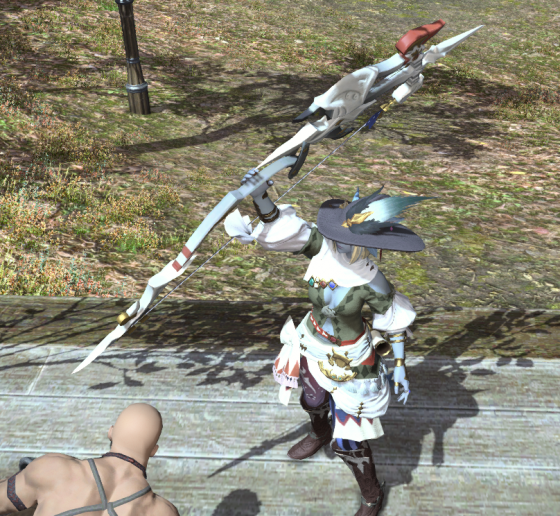

With the newfound popularity of MOBAs like DotA 2, League of Legends, SMITE, and Heroes of the Storm, developers and publishers have begun exploring new vessels and constructions for their games, attempting to capitalize on the genre’s successes and to reach broader audiences. In an article last month, I discussed Hi Rez’s port of SMITE for Xbox One. In it, I talked about the game’s intuitive controls; its streamlined shop; and, notably, its appeal to casual gamers. Broad appeal means increased sales for companies like Hi Rez, and making a more accessible game makes good business sense, given MOBAs’ tradition of cold, steep learning curves.
But some developers are pushing casual MOBAs to the next level by developing games exclusively for mobile devices. Games like Vainglory, The Witcher: Battle Arena, and Hearthstone are streamlined, shorter versions of hardcore games that might give industry titans a run for their money. Here is a comprehensive look at the three leading mobile MOBAs.

Vainglory, developed by Super Evil Megacorp, is iOS’s first battle arena game. The game makes use of Apple’s new Metal GPU and was featured at Apple’s iPhone 6 announcement event. In it, teams of three players fight to control a single lane and topple an enemy base. Creeps provide laning gold and experience, and jungle control points give teams power ups like gold and increased minion strength.
There are ten heroes, each with a specific set of skills and strengths. Like most other MOBAs, teams must work together to topple turrets and capture the enemy base.
Instead of Roshan or the Baron Nashor, players must fight to control The Kraken, who, upon defeat, does significant damage to the enemy team.

The game looks beautiful. The map and characters are vibrant, and the art style suits iOS perfectly, but, admittedly, I have not played it. My devices (last generation) are too old to run it. And this, I think, is Vainglory’s biggest shortcoming. Until then, though, I withhold my criticism.
EDIT: It has come to my attention that Vainglory has been available for all iPhones 5s and newer and all Pads generation 2 and newer since launch (still slightly too new for my devices). When I visited the App Store this morning to fact check, I noticed the game now runs on all iPads with iOS 6.1 or greater. I downloaded it immediately with no problems. I can’t wait to play it.

The Witcher: Battle Arena, developed by CD Projekt Red and Fuero Games, is a 3v3 king-of-the-hill style battle game inspired by characters and locations from Andrzej Sapkowski’s The Witcher series. It is the third installment of The Witcher video game series, the first available for Android and iOS.
The game features a limited champion pool (nine characters currently) and two maps (Korath Desert and Nilfgaard Arena). In it, players fight to control three conquest points. Each team starts with 500 points, and holding a point drains the enemy team’s point pool. The team that holds more control points for longer wins.
The maps are fun and dynamic, a pleasant break from the common Defense of the Ancients lane/jungle set up. Korath Desert tapers its control points, with item refuel stations near the two furthest strongholds; Nilfgaard Arena places a control point near each base, with a neutral base in the middle. The neutral base is surrounded by a moat that hinders movement speed, and item refuel stations lie in the top corners of the map.

There are no minions. Players gain gold and levels from fighting each other. They must fight together to manage control points and refuel stations. At the end of each game, players are rewarded with gold and items. Unlike some games, everyone receives post-game rewards. Everyone rolls for at-least one item; winners roll for two items.
Like most other MOBA games, in-game items can be bought at the Fountain. The items fall into three classes: damage, defense, and mana. Each item page contains a progression tree that allows players to build and tailor characters for specific battle scenarios.
The meta here is extremely flexible. The item and skill system are unique. Characters gain overall levels the more they are played. With each level-up, players are allowed to tinker with skill effectiveness and equipment load outs, blurring class lines and character roles. There are literally billions of item and skill combinations, making the small champion pool one of the most complex, dynamic pools in the genre. Iorveth, for example, can play as either a glass cannon and a suppressive support, depending on his build. And it is this flexible meta that makes the game incredibly appealing. Casual and hardcore gamers alike can find something to love in The Witcher: Battle Arena.
I, personally, have sunk several hours into the game. It’s a lot of fun–arguably the most fun I’ve had playing a mobile game since BioWare ported Knights of the Old Republic to iOS last year. The level and item system gives me just enough of a Skinner box high to keep playing, and the gameplay itself is extremely polished. I love team fights. Character abilities work extremely well together, and kills feel extremely satisfying. The system requirements are not terribly outrageous, so players with older devices should have no problem playing it. If you get a chance, give it a try. I highly recommend it.

Hearthstone: Heroes of Warcraft is Blizzard’s attempt at Magic: The Gathering. In it, characters and creatures from across Azeroth battle in the form of collectable trading cards. Marissa Karim and I have both written on Hearthstone in the past, so I will only touch on it here.
And yes, I know what you’re thinking. “Hearthstone isn’t a MOBA. It’s a card game.” But what is a MOBA, really? The acronym “MOBA” stands for multiplayer online battle arena. Is Hearthstone not an online multiplayer game that pits players against each other in a stylized arena? It is, I think. Card games like Magic: The Gathering and Pokemon are forerunners to today’s modern MOBA. They are complex arena-style role playing games that challenge players with complex strategy, lore, and learning curve. Hearthstone keeps this tabletop MOBA tradition alive; it deserves a mention. It is, after all, an incredible game.
The game itself is extremely simple, compared to other popular card games. The core mechanics–damage and defense–are extremely accessible; and card effects are, for the most part, self-explanatory. Yes, the dialogue and character animations are corny–but they are heart-felt and strangely endearing.

And it is this simplicity and silliness that makes Hearthstone shine. I keep coming back to it; I keep sinking hours into it. I don’t play Magic anymore (much to my wallet’s relief) and I never really got into Yu-Gi-Oh! or Pokemon TCG–but I keep playing this. Like my friend Gavin Bigelow said at the SMITE World Championship last month, Hearthstone is a game that people don’t expect to love. People play it, write it off as a poor man’s Magic, and, weeks later, find themselves playing it every night before bed. Even my fiancé, who hates card games, loves it.
Blizzard truly is the grandmaster of polishing game concepts, and Hearthstone may be one of their biggest achievements yet. In the last year, it has gained a nearly cult-like following among both casual and competitive gamers. The first ever Hearthstone Championship last year saw a prize pool of over $200,000, and the first expansion, Goblins vs. Gnomes, has been met with overwhelming praise. If you have not yet tried Hearthstone: Heroes of Warcraft, you are missing out. Download it today.




 Top of the Week: ArcheAge, Halloween, Wildstar F2P, and More .
Top of the Week: ArcheAge, Halloween, Wildstar F2P, and More . Eorzean Evening Post: Patch 3.1 Airship Missions and the Housing Predicament .
Eorzean Evening Post: Patch 3.1 Airship Missions and the Housing Predicament . Path of Exile: Quick Guide to Race Events
Path of Exile: Quick Guide to Race Events The Tyrian Chronicle: Blood and Madness in Halloween .
The Tyrian Chronicle: Blood and Madness in Halloween . Astro Lords: Oort Cloud Interview .
Astro Lords: Oort Cloud Interview .